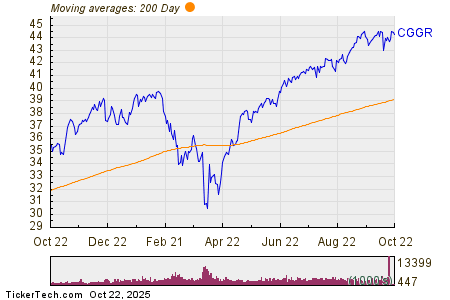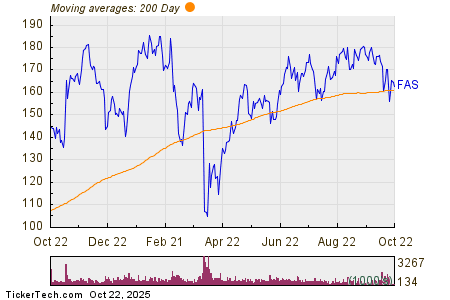The recent strength seen in the wheat market has caught a few folks off guard, especially those relying exclusively on crop estimates or last month’s supply and demand outlook to form their market opinion. When it comes to winter wheat in the Northern Hemisphere, weather during the last half of April into May is incredibly important in determining yield potential. As we head into May, a critical month for development, there are a few places around the world where we are seeing potential issues arise.
Southern Russia accounts for 31% of the country’s winter wheat crop according to the USDA and is struggling with much below normal precipitation. Rainfall maps show moisture has been limited dating back to March, with less than half of normal amounts falling the last several weeks. Signs the crop is struggling can be seen in NDVI data, with private estimates starting to be trimmed. The opposite problem is plaguing production potential in France, where wet and cold conditions limited planting’s last fall, taking planted acreage down as much as 10% from a year ago. The conditions have not improved this spring, with more rain and cool temperatures taking good to excellent ratings down to their lowest level in four years and around 30% below last year. The poor start to the spring has many analysts in the area believing there will be an uptick in abandonment, potentially trimming production even further.
Other areas around Europe are struggling as well, prompting the EU Commission to lower their wheat production outlook last week to its lowest level in 4 years.
Questions over what’s going to happen in the Southern Plains as El Nino transitions to La Nina are in the forefront of any wheat short’s mind as well. This not to mention dry pockets elsewhere ahead of planting, with the Canadian Prairies and parts of the Southern Hemisphere looking at a dry stretch. While nothing has happened that could at this point be called a crop failure, the idea that the global wheat crop is getting smaller rather than growing was enough to trigger some short covering last week.
As of last Tuesday, speculators had covered a decent amount of their wheat short, buying over 20,000 contracts on the week. While the buying itself was methodical and obviously supportive of price, it is interesting to note the influence a lack of natural sellers can have on price movement when funds come in to cover their shorts.
While this may be incredibly oversimplified, I feel like the market is made up of three distinct groups for the most part, natural buyers, natural sellers, and speculators. A natural seller is someone who either grows the product or has it on hand, they sell when they are ready to get the supply out of their storage or are looking to turn bushels into cash.
Many times, when speculators have a short position to cover, their buying runs into natural sellers and moves to the upside can be stifled, much like we saw at the end of February—or even as it turns out, last week–in corn. However, in wheat we have been watching one of the situations that can occasionally arise, when a somewhat fundamentally driven, speculative short covering is taking place at a time when natural selling is limited.
The marketing year in wheat is different than in corn and soybeans, running from June 1st to June 1st every year, meaning we are nearing the end of the typical marketing year and are now looking ahead to new crop. Because of this, much of the old crop wheat that farmers had been holding onto ended up getting flushed at likely much lower prices, as growers found themselves tired of watching a losing trade, worried about quality and likely needing some cash.
The movement of old crop wheat has all but wrapped up, with farmer engagement almost entirely non-existent for new crop, especially in areas where conditions are less than ideal. Commercials are holding onto supplies as well, uncertain where final production figures land and aware the only thing worse than not having enough grain sold is having too much sold in a tight supply year.
The buying that happened in the face of limited selling helped to push wheat over 50 cents higher last week and is also behind the firmer feel we are seeing in cash values around the world.
While the farmer length in corn may make it difficult to see a time where we were to run out of natural sellers, it is interesting to think about what a weather issue would do to farmer sentiment. As it stands currently, farmers are both very much aware the seed they are putting in the ground could either be record breaking or heart breaking and will hold tight on any additional sales if any signs of production trouble start to show.
Farmer length in beans is there as well, though not to the same extent as what’s in corn and with the critical period for soybean development not until August, farmers will remain disengaged when it comes to making big decisions on soybean marketing for a bit. In the end, we continue to see signs of farmer length anytime we get a bump in price, with an increase in cash sales. Last week was a great example of the different market setups, with wheat surging higher on larger than expected fund buying that wasn’t met with farmer selling, while corn worked hard to go nowhere even though speculators were aggressively covering their shorts because of farmer selling.
As it stands currently, it does look like it will remain wet over the next 16 days across the heart of the Corn Belt. Planting progress has seen record pace in some parts of the Western Belt, likely tempering worries over planting delays though a continuation of this active pattern through the middle of May could prove problematic, especially in the areas that are already wet and looking at multiple inches possible.
In the end, the timing of short covering can have a pretty big impact on the reactions we see in price simply because a more limited approach by farmers to selling gives buyers more bang for their buck.
As always, don’t hesitate to reach out with any questions! Have a great week.
On the date of publication, Angie Setzer did not have (either directly or indirectly) positions in any of the securities mentioned in this article. All information and data in this article is solely for informational purposes. For more information please view the Barchart Disclosure Policy here.
The views and opinions expressed herein are the views and opinions of the author and do not necessarily reflect those of Nasdaq, Inc.







